These are actual images of plants I have grown this season (Spring/Summer 2019) in compost and “veggie mix” bought from a landscape supply place, which I have now no doubt contained herbicides
Tomatoes


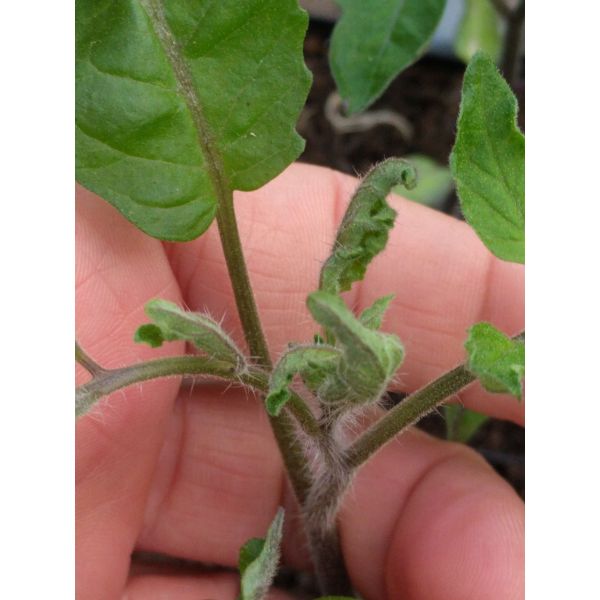

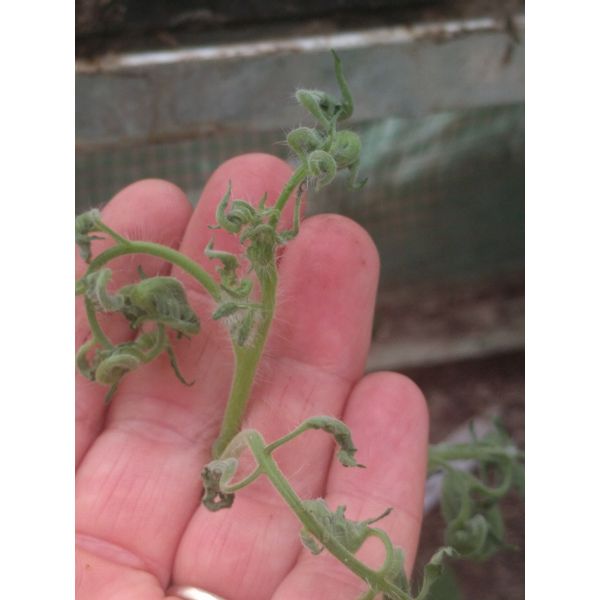
Beans (including heritage Flagg, Dwarf Banjo, heritage Old Mother Stallard, Dwarf French Top Crop, etc.)
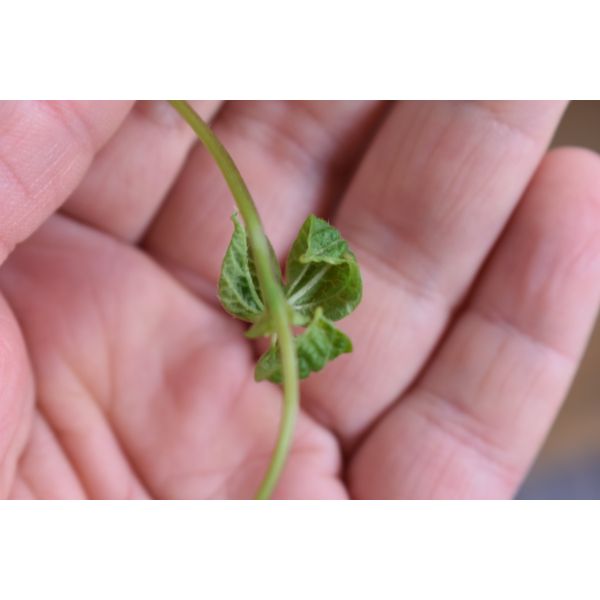
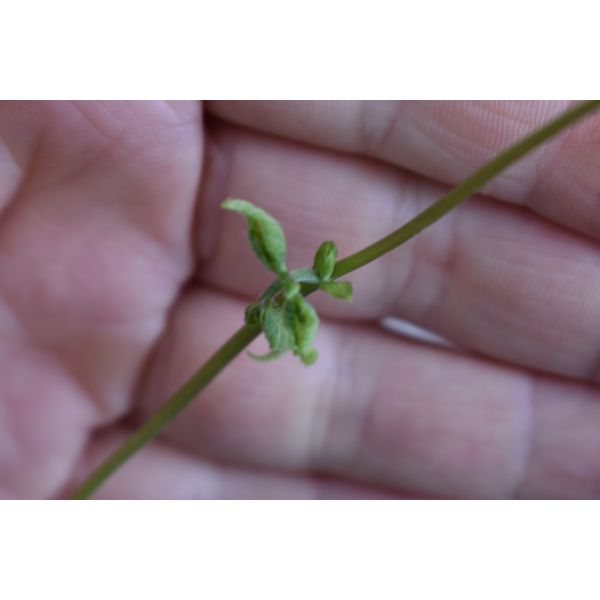
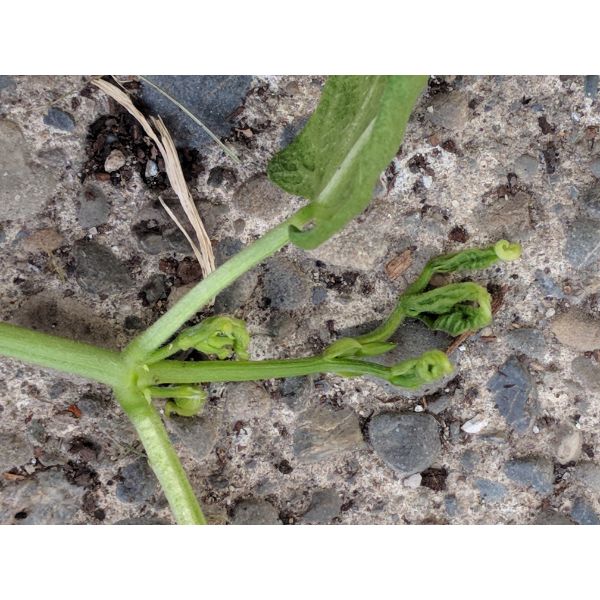


Broad Beans (both Exhibition Long Pod and Hughe's Crimson)
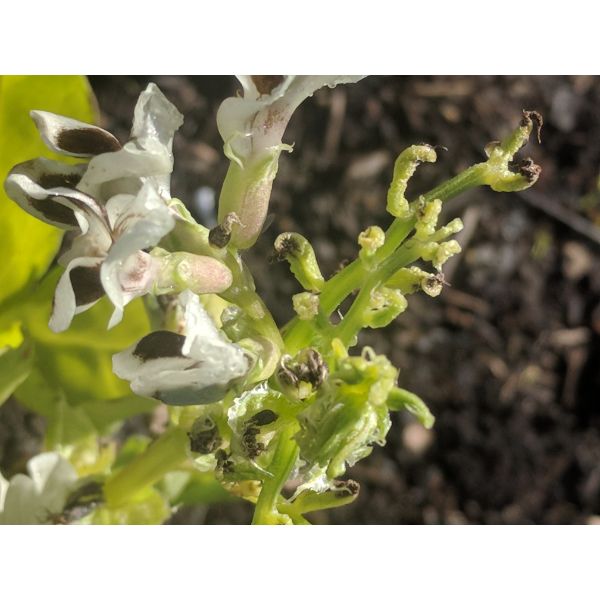
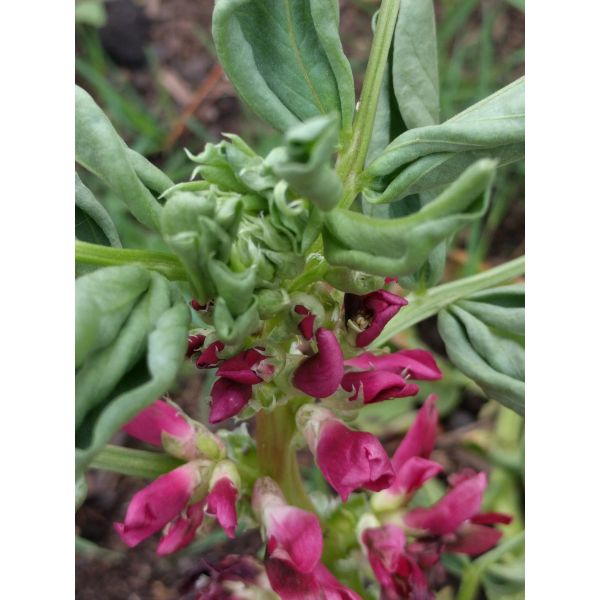

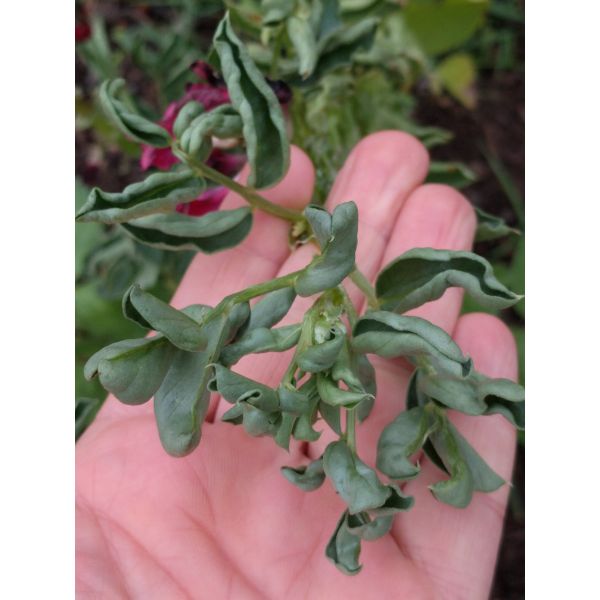
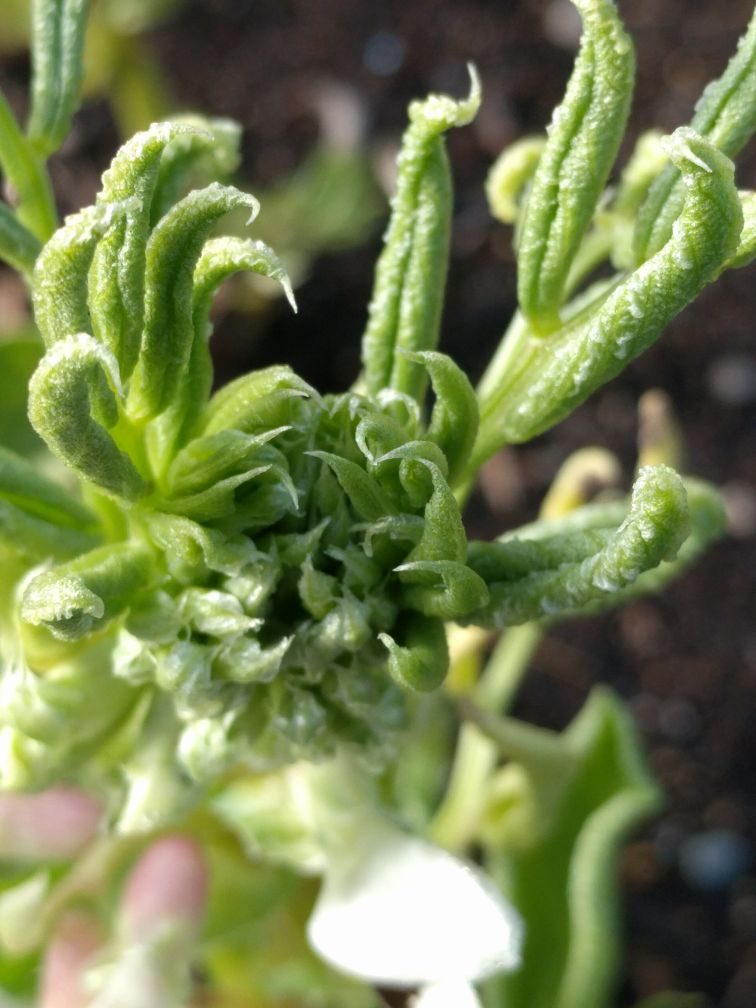
Eggplant, Peppers and Chillies

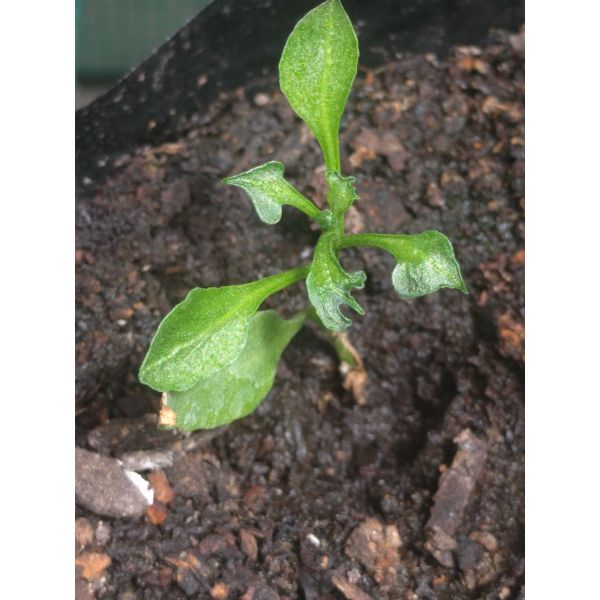
Sunflowers
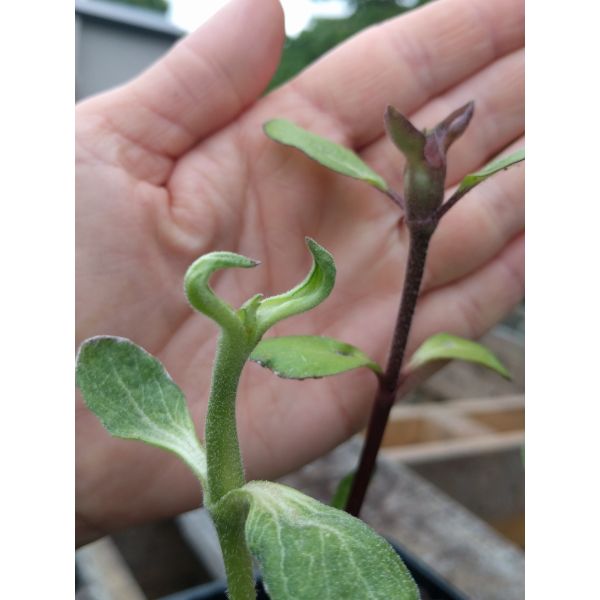
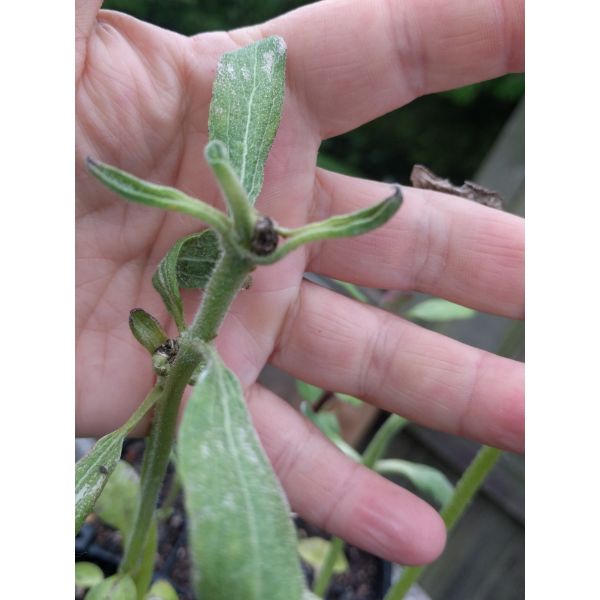
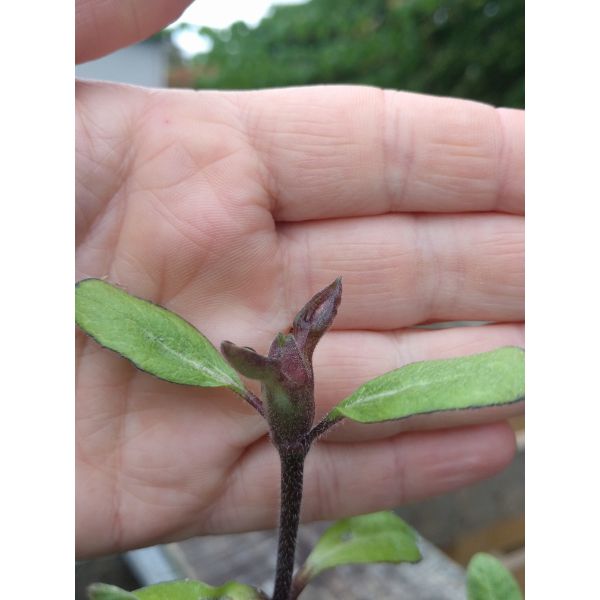
Jerusalem Artichoke
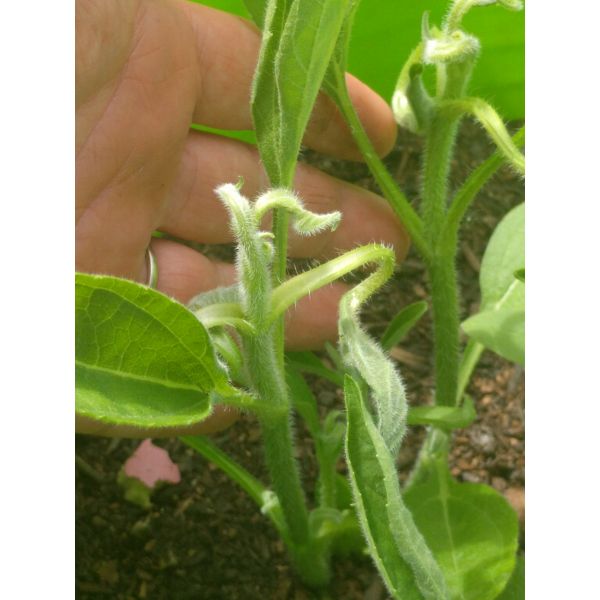
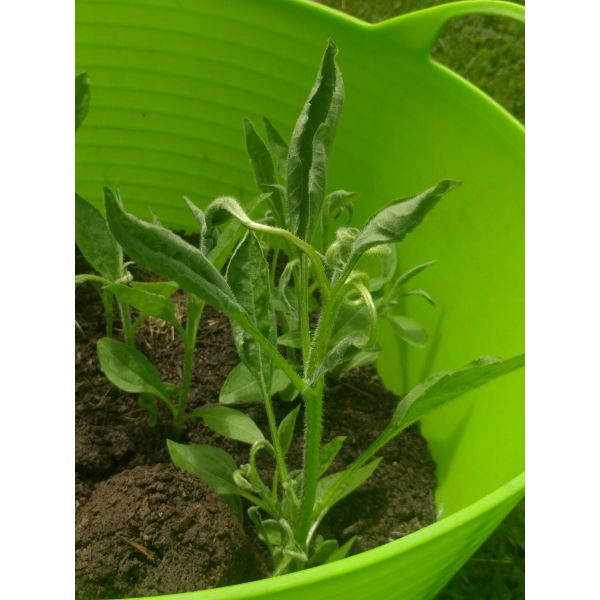
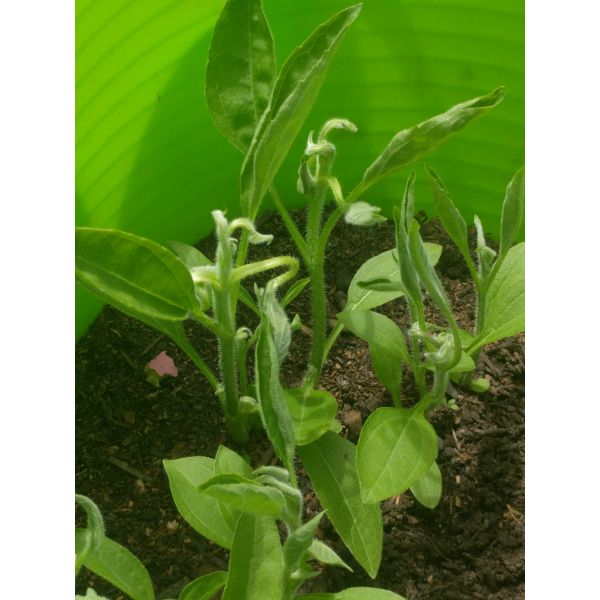
Cosmos, Gaillardia, Cornflower
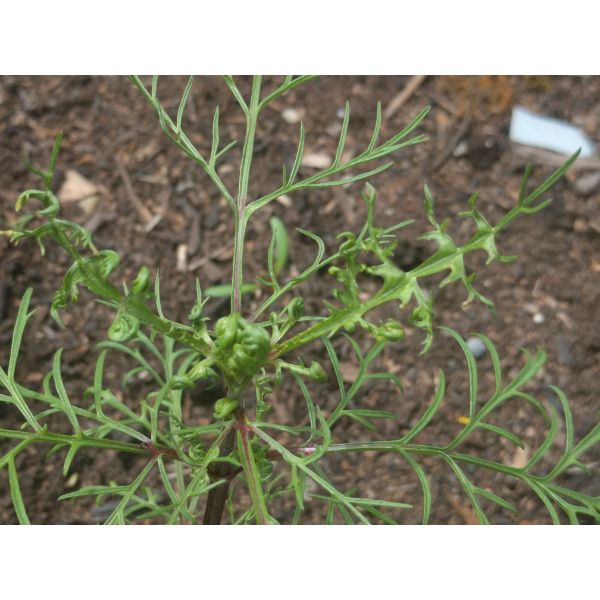

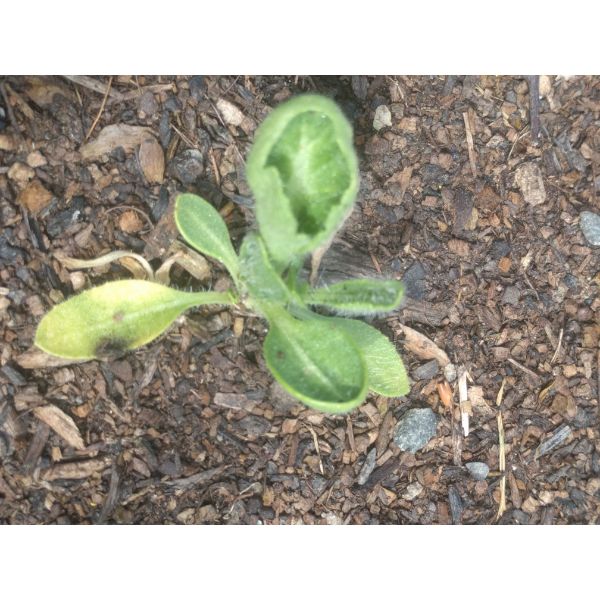
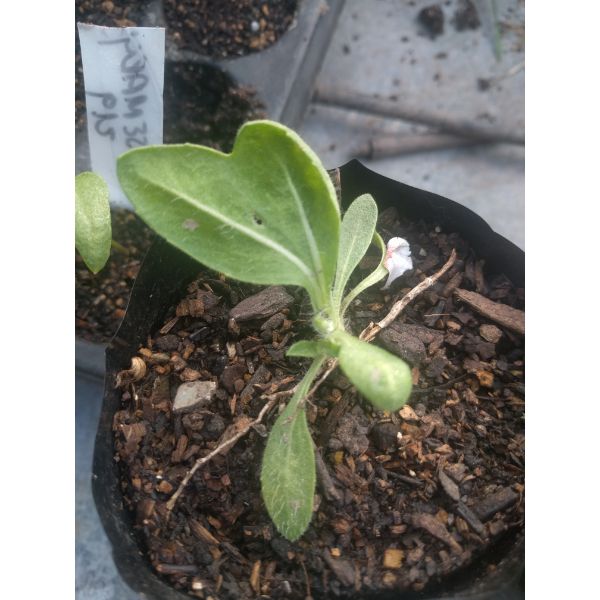
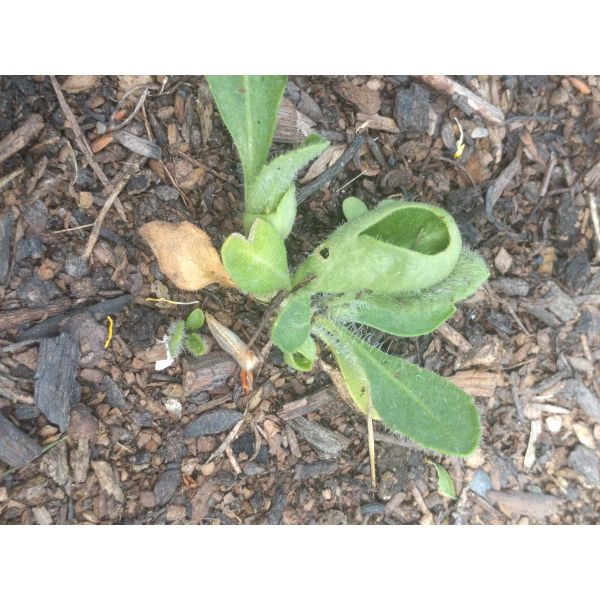
Dahlia
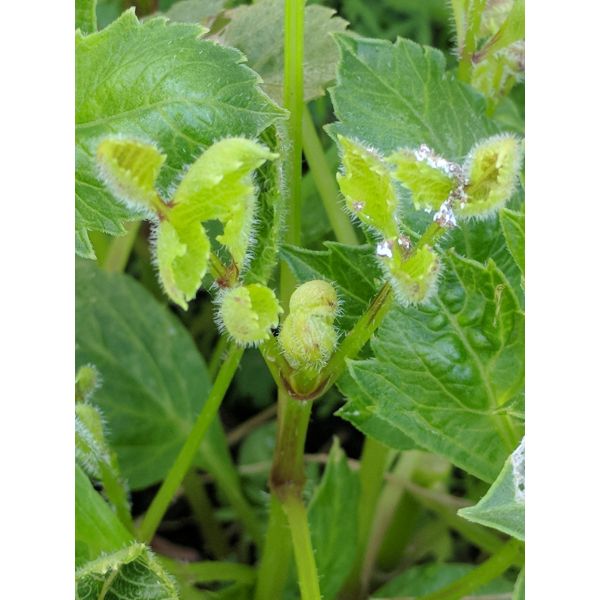
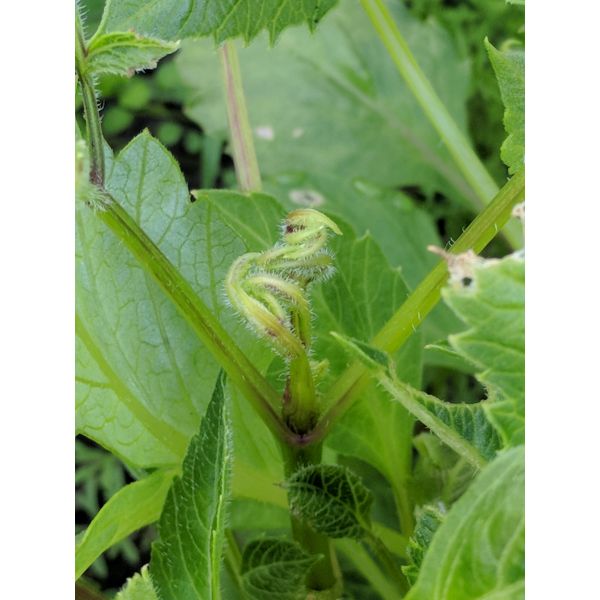

Pea, Loganberry, Cape Gooseberry

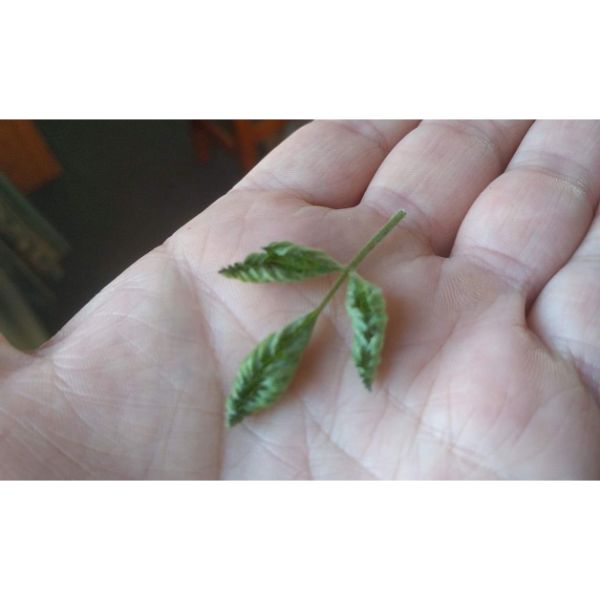
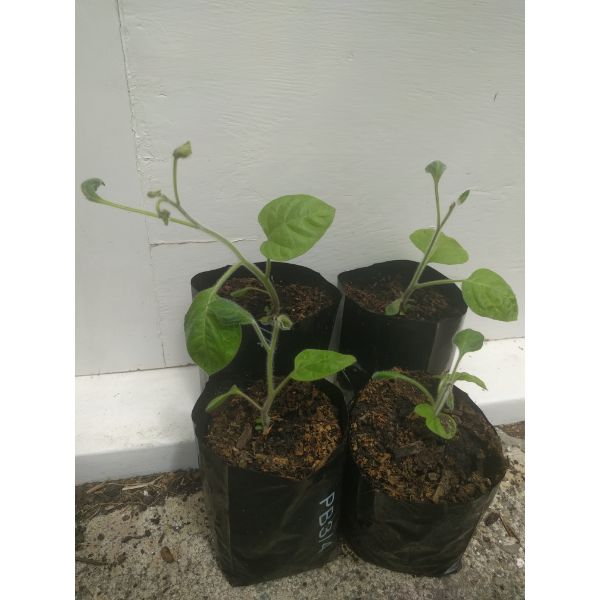
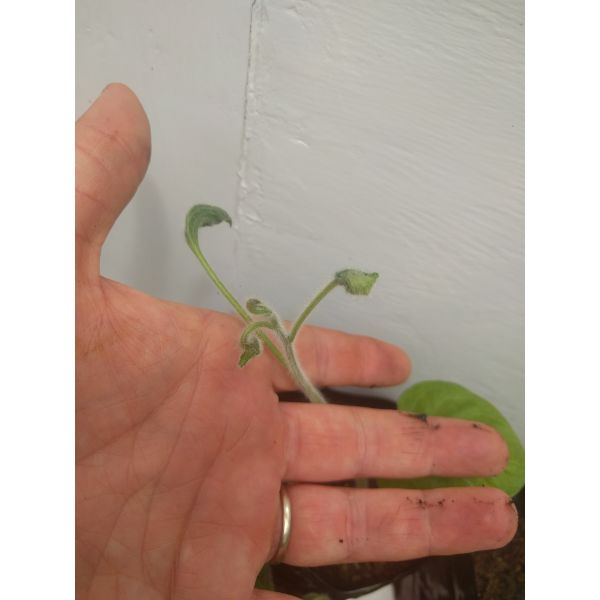
What is Killer Compost
Killer compost is a term given to compost and manure mixes that contain high enough levels of herbicides to negative affect non-target plants.
It is a worldwide problem, and has been in existence for a long while (any internet search into the terms “killer compost”, “weedkiller damage”, “toxic herbicide”, “weedkiller in manure”, or “aminopyralid”) will render articles from bloggers, news hubs and universities for over least the last decade.
How does the Herbicide get in our Compost/Manure/Veggie Mixes?
The herbicides, one can only hope, land up in the soil mixes unintentionally, possibly via a lack of understanding and/or labeling as to what can or should be done with the herbicides left over, the plants that the herbicide was used on, etc.
- Pasture/Hay from treated areas being dumped or sold to green waste, or compost processing facilities.
Herbicides such as aminopyralid, picloram, or clopyralid are often marketed for use on pasture as they target unwanted weeds without having a negative effect on the pasture grasses, or fodder brassicas. - The manure and urine from animals that graze on pastures treated with those herbicides are being added to compost at compost processing facilities.
Herbicides such as aminopyralid, picloram, or clopyralid do not break down during digestion and are deposited in manure and urine, and even after going through an aerobic composting process, can still be active for up to 3 years in clumps or clods, or even a few specks of soil dust.
What about home use weedkillers?
While I initially thought that these herbicides were not available to the home user since they were banned for public use a while ago, I believe you can simply log in to a few websites and purchase them without having to prove you are a farmer, parks worker or such. I also have read articles where these herbicides are still being used as they were found in the back of the shed long ago, and people simply don’t know they are not to be used on anything that may land up in central green waste plants (where a lot of compost is made).
Labeling
An article I read during my research into this claimed that products that contain these herbicides have prominent labeling indicating that the plant material on which the herbicide was used should not be fed to animals, used as mulch or deposited with green waste.
Two problems with this:
1. No one reads labels anymore
2. I found a product today on line which contains picloram which has nothing on the their product leaflet or information brochure saying that it should not be used in green waste, as animal feed, or mulch… They do say that it negatively affects other plants and that you should not use the same sprayer that had the herbicide to water your food plants… but that’s not enough…
What do these herbicides do?
How do they work?
The hormone mimicking family of auxin herbicides is huge, and the three main sub-families of phenoxy, benzoic acid, and pyridines, all have different modes of action. In the simplest terms they are growth regulators, impacting plant processes such as vascular tissue, meristem differentiation and leaf initiation.
Basically, as far as I understand it, because the herbicide is mistaken by the plant as a growth hormone, and the affected plants can’t control the use of said hormone, they grow in all sorts of overstimulated and confused ways, and eventually deformed by this, dies.
What plants are affected
Non target collateral damage plants
Including, but not limited to:
- Solanaceae (tomato, potato, eggplant, peppers, chillies tobacco, etc.),
- Leguminosae or Fabaceae (beans, broad beans, peas, clovers, etc.),
- Umbelliferae (carrots, celery, parsley, parsnip, etc),
- Compositae or Asteraceae (artichoke, lettuce, sunflower, jerusalem artichoke, dandelion, daisies, calendula, echinacea, dahlia, cosmos, zinnia etc.),
- Vitaceae (grapes),
- Rosaceae (roses, as well as berries such as blackberry, loganberry, raspberry etc.
- and even mushrooms
For more on this, and how I’ve been dealing with it, see this article on Herbicide Damage, and follow #TonoliBioAssay2019 on Facebook and Instagram
What can you do?
Before
If you are buying soil from a bulk yard, always ask if they can confirm the path of supply did not include any herbicides or manures from animals who may have eaten herbicide sprayed pasture. They probably won’t know, so this won’t help…
Second best is to do a bioassay (in soil grow test) to confirm the presence of not of herbicides. The problem with this is if you do it off site, by the time the test results come back, a whole new load of compost/mix is now at the yard and may not be from the same source or batch as the lot you tested…. so not the sharpest plan either…
After
Effective Microorganisms (EM) and Soil Biology: While I investigated this a lot of ideas came forward, one being that soil microorganisms will deal to it, and this is true, but unfortunately, even if you add liters of effective microorganisms, you are probably not going to expedite the process. A clever colleague mentioned that it had already gone through aerobic composting for months while it was being made, so adding a few liters of extra microorganisms is like adding a drop in the ocean.
Biochar, Activated Charcoal: The idea is that just like activated charcoal attaches to bad things like poisons in your body, charcoal in the form of biochar will lock in the herbicides rendering them useless in the soil. I’m not sure this will work, and have not tried it, but might give it a bit of an experiment just to see. Can’t find too much information on it from proper studies being done, but will see if I can find more scholarly articles.
Time: The good news is that the herbicides do break down. The bad news is that this may take up to 3 years. And in those years you should mix it up and cultivate it quite extensively, spreading it as thin as possible in order to expose it to as much direct soil, air and water. So it will take time.
IMPORTING PARTING NOTE
If you grow things in the killer compost that are not affected by it (e.g. cabbage, corn, squashes, grasses, rye etc.), do not put any of that plant material back into your own compost system. And do not feed any of your fresh produce to animals whose manure you would use in your compost or garden (chickens, quail, bunnies, guinea pigs etc)




8 Comments
[…] the midway point results of my BioAssay, very confident was higher in levels of herbicides than my tomatoes, broad beans, peas, sunflowers and many other plants could […]
Hi Minette,
I am following this study closely, you are confirming some of the negative experiences I have had in the past. Mainly from when I used horse manure .FYI I have a number of large tomato plants growing in organic compost from a landscaper which are all growing well. I did put activated carbon in all the tomato bags so far. So I think I will plant some in just the straight compost and see what damage there is.. I’ll let you know and send some pics if there is anything of note. I also had a thought that one of the solutions although time consuming may be to store some aged compost and apply some of the ammendments to the whole pile, then wait for a couple of years before using it, extreme and time consuming I know.
Thank you Jared, I look forward to hearing more of how things turn out in your tests. I’m definitely going to try a few things to see what helps and what not, I have 4 affected beds, so I can leave the one to just do its own thing, do biochar on another, flood the other with some extra EM, and … don’t know … use a different thing like EF ACE on the fourth. Definitely interesting. Sure not going to be able to plant anything but brassicas and corn in there for a few years though.
Again, much appreciated that you are following, and taking the time to comment.
Great work Minette. Could you include mulch materials like pea straw as well. That is where our herbicide damage comes from.
[…] rather strange season for me so far, and I'm not nearly harvesting as much as I'd like – what with herbicide ridden soil to start with, a long, cold start to the season with highly variable lows and highs up to now, and […]
When I was a kid in 60 s , we could buy Auckland City Council compost= very cheaply. The compost was made near Mt Wellington, Auckland, by the council using a huge rotating drum – 5metres circumfirence and 20 metres long maybe – huge – and into that drum went Auckland’s rubbish. As rubbish was fed in one end, out came semi digested compost at the other. The compost was moved a short distance to windrows of compost for turning and finishing. Every so often, the workers would take a sample and plant tomato plants in it – the samples were lined up in front of the office. If the tomato plant grew normally, then that batch of compost that the sample was taken from was sold. If the tomato grew strangely or died, then the batch was dumped – on the basis that someone somewhere had put an old tin of weed spray into their rubbish and it has gone through the whole batch. It seems we would be wise to follow this process again.
Yes, that sounds like what should be done. Unfortunately it seems composting facilities, either council run or not, do not do this any longer, or at least not at intervals where it can make sure that 100% of contaminated composts can be dumped. The herbicides that are causing the damage is only available to larger outfits like farmers and sportsground and park contractors, as far as I know. And they are all made aware of the labeling of the weed killers which state the resulting green waste should not be composted, or be fed to animals from which the manure will be used as a compost input. THe rules and regulations are supposedly in place, yet home gardeners across NZ seem to have problems with these herbicides creeping into bought soil mixes. It is sad, but hopefully we can work towards a solution.
[…] Portraits of plants damaged from herbicides in compost. MeadowSweet Herbs and Flowers. meadowsweet.co.nz/2019/11/08/portraits-of-plants-damaged-from-herbicides-in-compost-soil-manure-mix/ […]